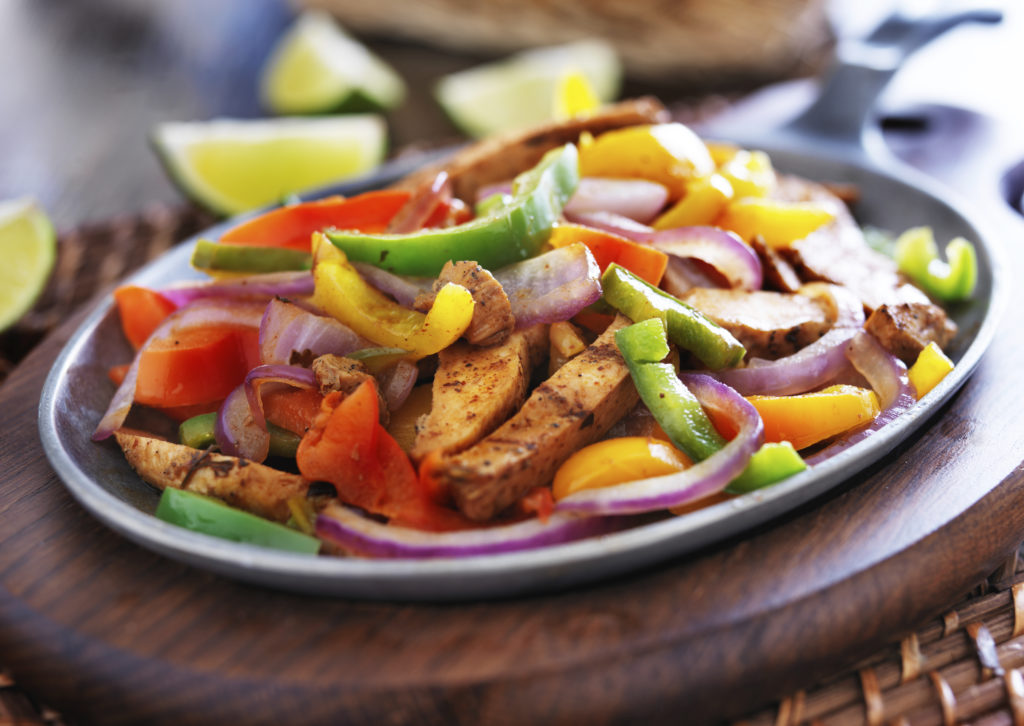
Students in an Austin culinary arts program will quickly learn the virtues of a high-quality cast-iron pan. Chefs love these skillets because they are ideal for cooking over high heat, durable and, if well-seasoned, a nonstick surface. Try these recipes to explore the possibilities of this versatile pan.
Deliciously seared steak
“Use a cast-iron skillet to prepare meat with a tasty crust.”
One of the best uses for a cast-iron skillet is preparing a piece of meat with a tasty crust. Bobby Flay provided Bon Appetit with his method for cooking a porterhouse steak. Begin by placing the skillet over a medium-high heat while warming the broiler.
Add plenty of salt and pepper to the room-temperature steak, and then place in the skillet. Cook on one side for about four minutes, so it develops a brown crust. Move onto a cutting board and slice the meat from the bone in two pieces.
Place the steak back in the skillet with the browned side up. Add three tablespoons of butter to the meat before moving the pan into the broiler for up to six minutes. When the steak reaches medium-rare, spoon the mixture of melted butter and juices on top and serve.
Pan-roasted chicken
Your skillet is also great for preparing poultry, as in a recipe suggested by Serious Eats. First, use a saucepan to simmer chopped carrots and fingerling potatoes in salted water for about 10 minutes. Move the cooked veggies into a bowl with halved Brussels sprouts, salt, pepper and extra-virgin olive oil.
Set the chicken’s backbone in the saucepan with carrot, onion, celery, sage and bay leaves. Season the meat with salt and pepper. Pour a tablespoon of oil into the skillet and place over high heat until it begins to smoke.
Place chicken in the skillet with the skin down, cooking for up to 12 minutes. Watch for the skin to turn a golden brown, and then flip. Allow about three minutes for the other side to brown, and set the pieces aside on a plate.
Pour white wine into the skillet, scraping up browned bits of chicken with a wooden spoon. Move the wine into the saucepan with the backbone. Add chicken stock, and bring to a simmer.
Coat the skillet with another tablespoon of oil and bring it back to high heat. Set the mixture of veggies in the pan, followed by the chicken with the skin side up. Place the skillet in an oven set to 450 degrees Fahrenheit to roast.
Remove the pieces of chicken from the skillet as they are fully cooked. When they are all done, add shallots to the vegetables and roast another 10 minutes or so, flipping regularly. Toss in parsley, and place the chicken atop the veggies.
Prepare a jus by straining the simmering chicken broth mixture and whisking in butter, Dijon mustard, lemon juice and fish sauce. Season the sauce with salt and pepper, and serve alongside the chicken and vegetables.
These ideas are just the beginning of what you can do with your cast-iron skillet. As you make your way through culinary academy, you’ll discover countless ways to put your most-trusted kitchen tools to work.


